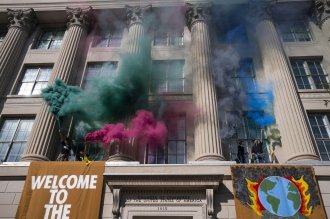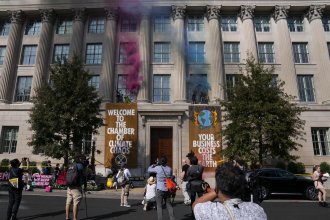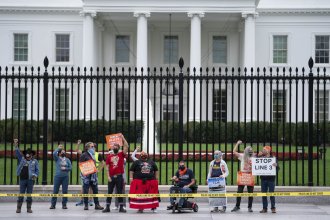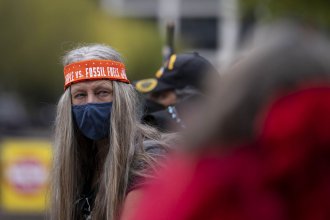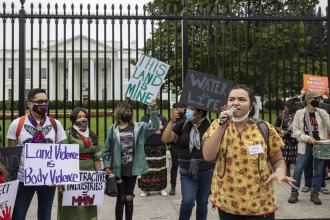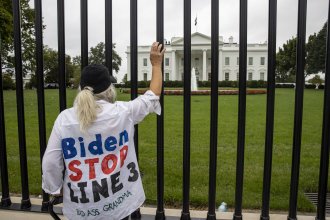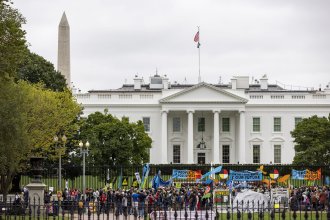tcolson@businessinsider.com (Thomas Colson)

Before-and-after photos show the environmental damage caused by Donald Trump's Scottish golf course.
Trump opened the course on a sand dune system in 2012 despite fierce local opposition.
Newly obtained satellite photos show the stark change in the landscape since the course opened.
In 2006, the New York real-estate magnate Donald Trump purchased a stretch of coastal land in Aberdeenshire, northeast Scotland, for the purpose of building "the world's best golf course."
There was noisy local opposition to the plan, but Trump had a relationship Scotland's then-first minister, Alex Salmond. In 2008, the Scottish government stepped in to approve his plan, touting the economic benefits the resort would bring to the country.
Despite warnings that the construction of an 18-hole course would destroy the sand dunes around it, Trump had pressed ahead, saying: "We will stabilize the dunes. They will be there forever. This will be environmentally better after it [the course] is built than it is before."
But as conservationists predicted, the part of the highly sensitive ecosystem on which Trump International Golf Links was built was largely ruined. Officials announced in December 2020 that the coastal sand dunes Trump's the resort would lose their status as a protected environmental site because they had been partially destroyed.
Insider has obtained before-and-after photos from the satellite technology firm Maxar, which show the dramatic destruction of the prized Foveran Links sand dunes between March 2010 and April 2021.
March 2010
Satellite images taken in March 2010 of Foveran Links show the dunes in their full unspoiled form:

The site contained areas of mobile sand and dunes that were semi-fixed in position, as well as marshes, dune grassland, and low-lying areas called dune slacks, according to a government document designating Foveran Links as a site of special scientific interest.
A closer image of the dunes shows some of these features in more detail:

NatureScot, Scotland's conservation agency, said that Foveran Links was "a very high-quality example of a sand dune system characteristic of north east Scotland, and was of exceptional importance for the wide variety of coastal landforms and processes."
April 2021
Images taken of the course in April 2021 show how many of the sand dune features at the southern third of Foveran Links, where Trump's golf course was built, had been partially destroyed.
Here is a general overview of the area:

These side-by-side photos show a zoomed-in view of the 18-hole links course (right), along with what it looked like before the course was constructed (left):

'They've just killed it as a natural environment'
Bob Ward, policy and communications director at LSE's Grantham Research Institute on Climate Change and the Environment, explained to Insider earlier this year how building on top of the dunes had resulted in their destruction.
"Sand dunes are a dynamic system, they're wind-driven, so they go backward and forwards," he said.
"Building a golf course on top means you can't have the dunes moving around, so they have to stabilize them. So they've essentially planted vegetation on top of them and put physical constraints on them so the dunes can't move and it's not a dynamic system anymore."
"The argument the Trump International Golf Links used was that they'd protected them by stabilizing them. But essentially what they've done is they've just killed it as a natural environment."
The Trump Organization did not respond to Insider's request for comment.





